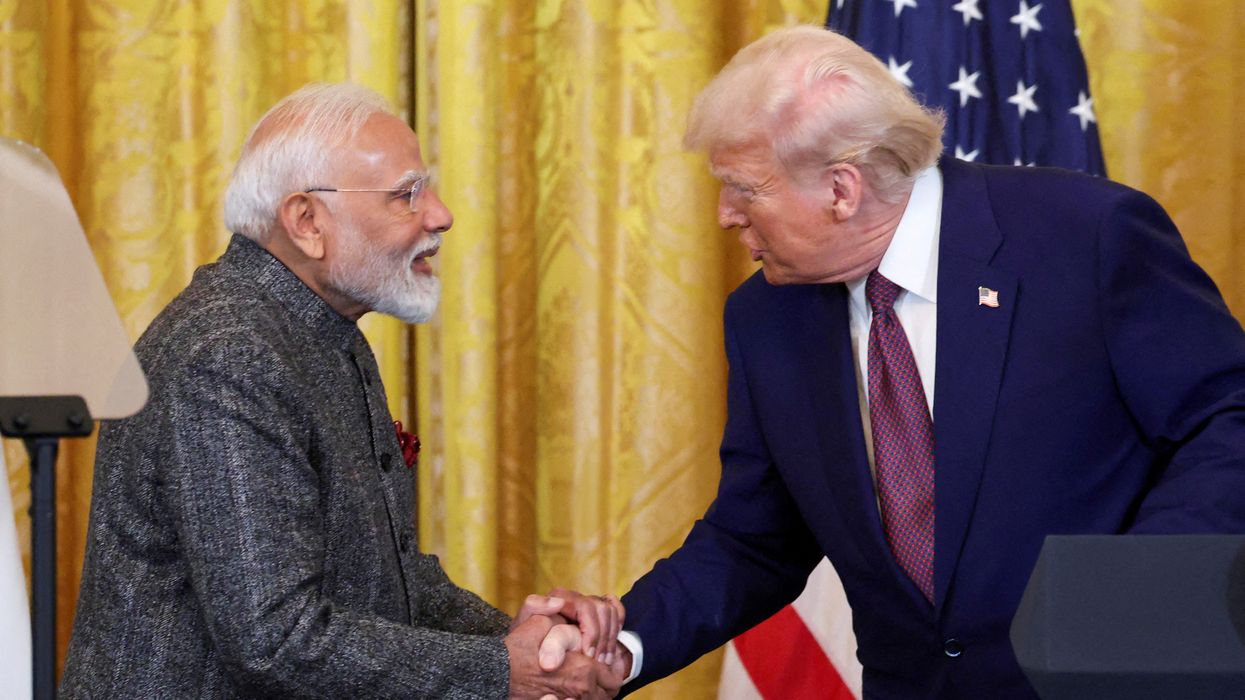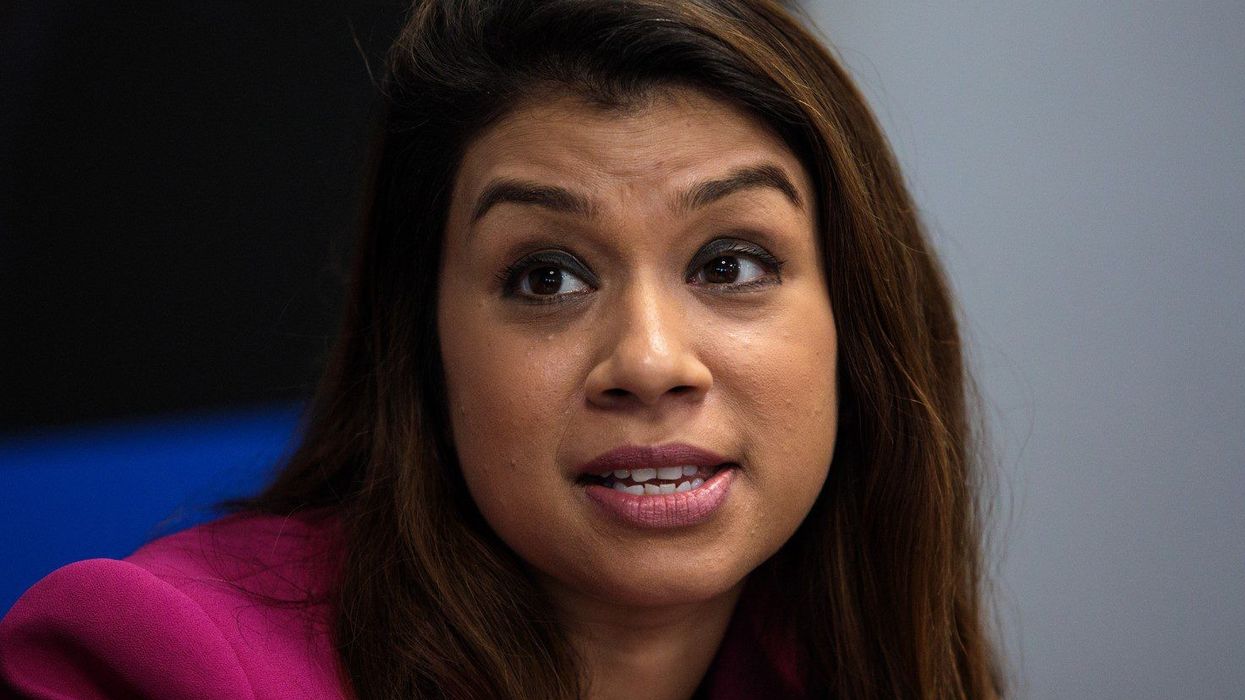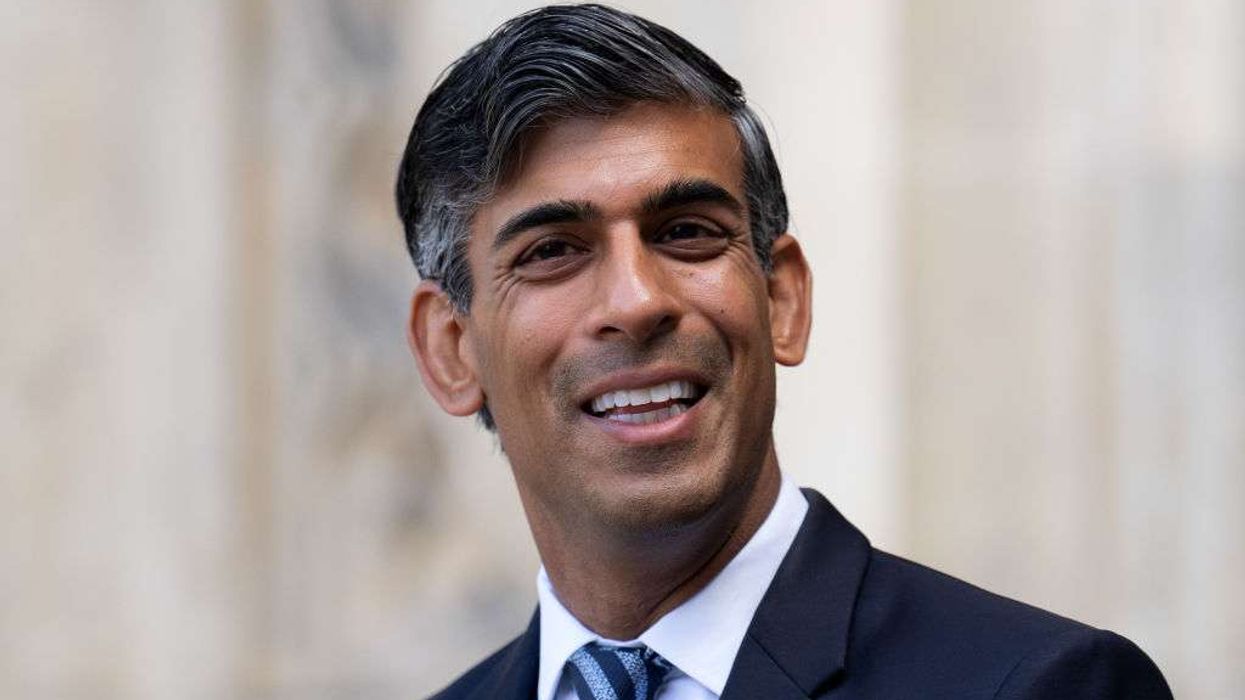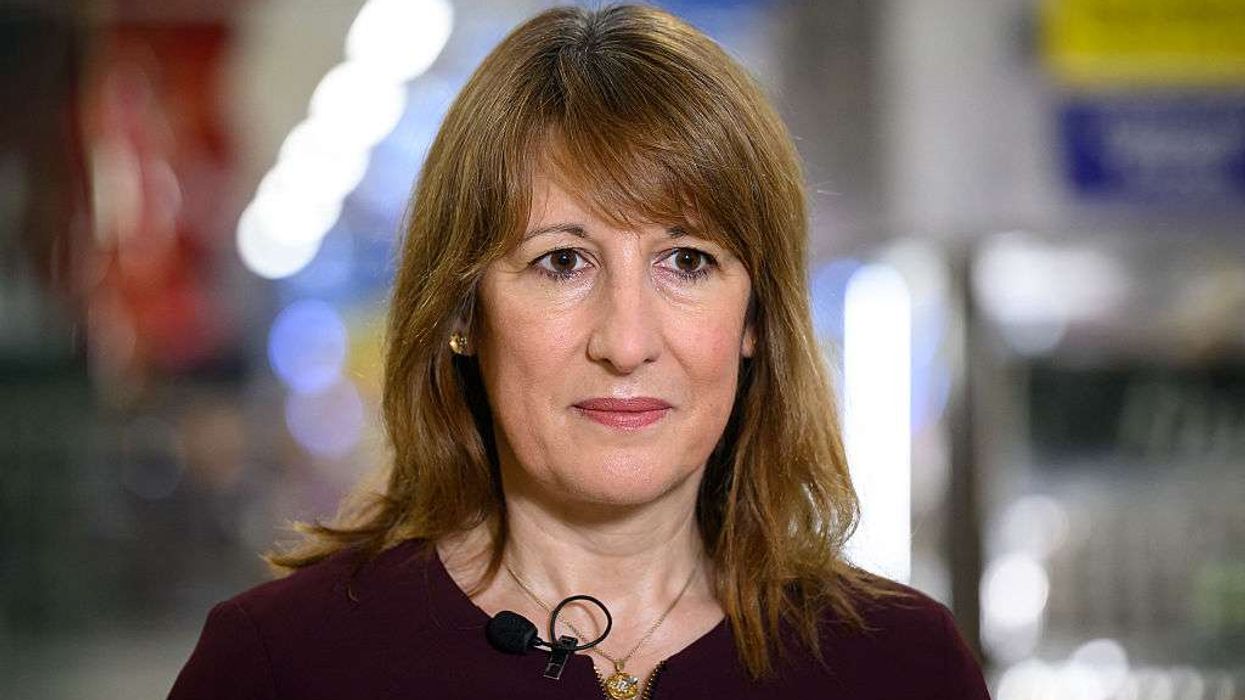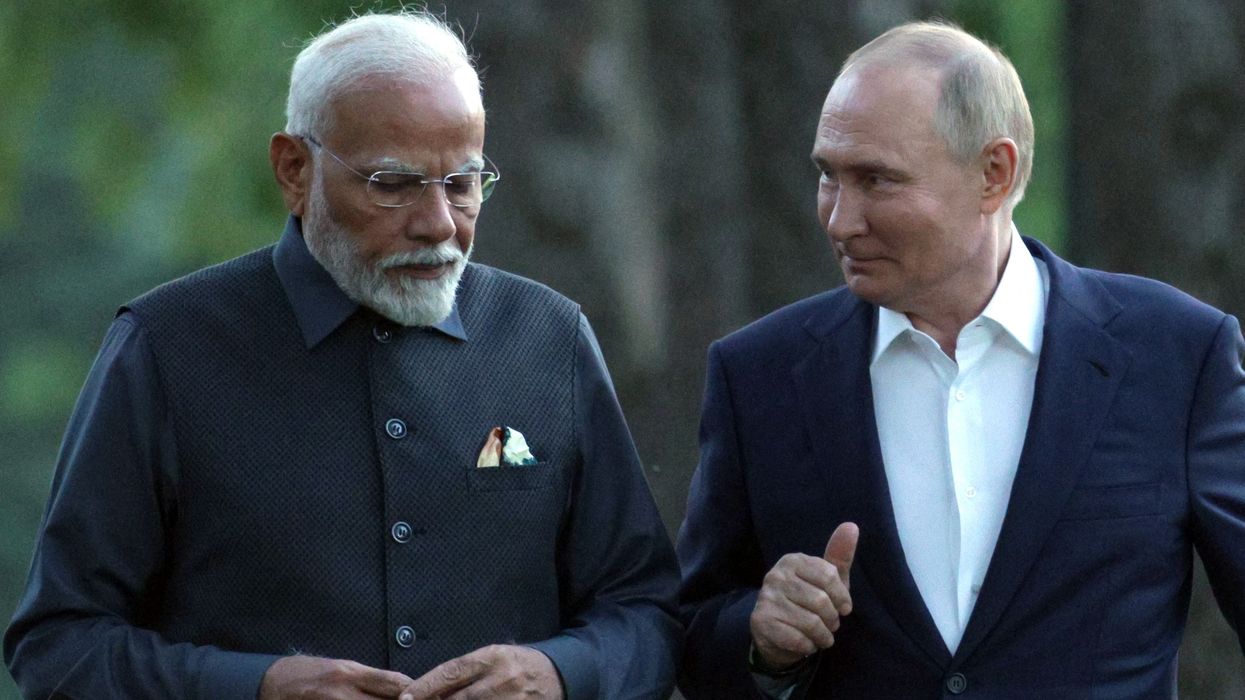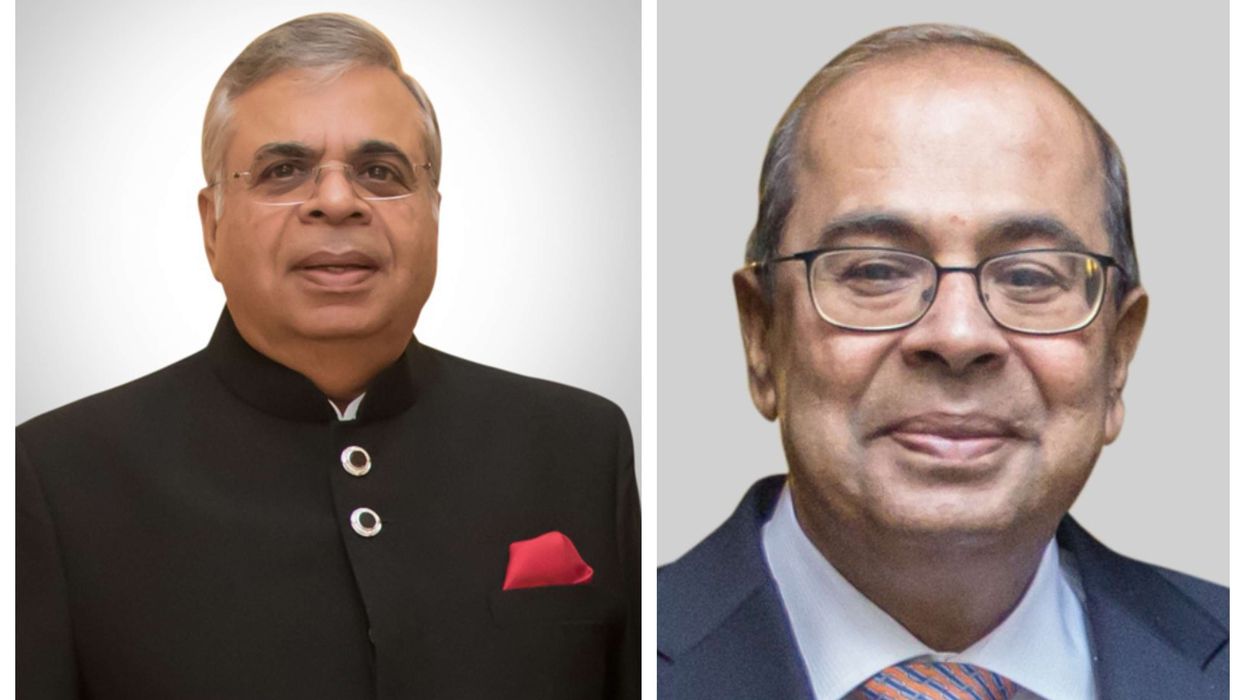INDIA will need to stand firm, protect its key sectors and navigate a period of “bumpy diplomacy” before its ties with the US can stabilise, after American president Donald Trump imposed a steep 50 per cent tariff on Indian goods, experts told Eastern Eye.
Trump’s decision, aimed at putting pressure on New Delhi in trade talks, has triggered both political and economic debate in India.
Despite the tension, Delhi has adopted a measured approach and avoided direct attacks on Trump, kept negotiations open, and set clear red lines on sensitive areas such as agriculture and dairy.
“India will never compromise on the interests of its farmers, fishermen and dairy farmers,” prime minister Modi told a gathering this week, acknowledging he may pay a “heavy price” personally for standing firm.
Agriculture employs vast numbers of people in India and has been a key sticking point in trade negotiations with Washington.
India had early hopes for special tariff treatment after Trump said in February he had found a “special bond” with Modi.
Dr Uma Purushothaman, associate professor of American Studies at Jawaharlal Nehru University, said the tariffs would leave the government with “no choice but to stand up against the US to protect its national interests, particularly those of its farmers.”
She added that Modi’s stance was a “reiteration that India will not be dictated to by any country” and would continue to exercise strategic autonomy in both foreign policy and foreign trade.
New Delhi called Washington’s move “unfair, unjustified and unreasonable” after Trump gave India, one of the world’s largest crude oil importers, three weeks to find alternative suppliers.
Levies of 25 per cent already in place will rise to 50 per cent if India does not strike a deal, with the August 27 deadline aimed at stripping Moscow of a key revenue source for its military offensive in Ukraine.
Russia accounted for nearly 36 per cent of India’s total crude oil imports in 2024, as the country snapped up approximately 1.8 million barrels of cut-price Russian crude per day.
Buying Russian oil saved India billions of dollars on import costs, keeping domestic fuel prices relatively stable.
Switching suppliers will likely threaten price rises, but not doing so will hit India’s exports. “It is a geopolitical ambush with a 21-day fuse,” said Syed Akbaruddin, a former Indian diplomat to the United Nations, writing in the Times of India.
Professor Harsh V Pant, vice-president at the Observer Research Foundation, said relations would be “bumpy for a while” until a formal trade agreement is signed. “Trump is trying to ensure he can declare to his base that he got India to buckle under pressure,” Pant told Eastern Eye.
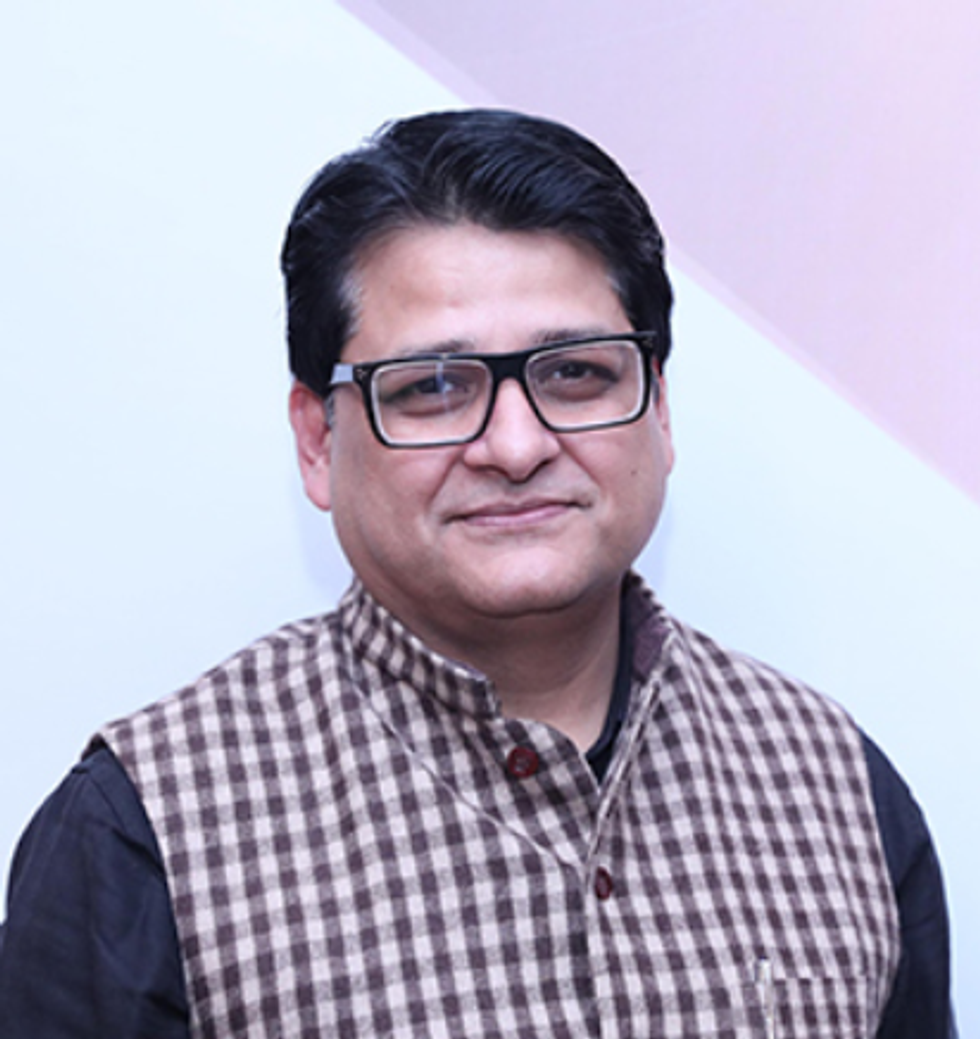
“It is not possible for any Indian government to be seen as buckling under pressure… the engagement will be tenuous for some time.”
India could weather the tariff impact in the short term, as its markets are still largely driven by domestic demand, the expert said, though the Federation of Indian Export Organisations warned the cost of additional US tariffs risked making many businesses “not viable”.
Pant said a quick agreement would help stabilise the situation, while some critical sectors would be affected.
Urjit Patel, a former central bank governor, said Trump’s threats were India’s “worst fears”. Modi faces a potential domestic backlash if he is seen to bow to Washington. “India must stand firm, put its national interest first,” the Indian Express wrote in an editorial.
Opposition politicians in the country are watching keenly.
Mallikarjun Kharge, president of the key opposition Congress party, warned the government was “disastrously dithering”. He also pointed to India’s longstanding policy of “non-alignment”.
According to Purushothaman, groupings such as BRICS (Brazil, Russia, India, China and South Africa plus and RIC (Russia, India and China) could be used to show solidarity against the US, even though neither is likely to challenge American dominance in the immediate future.
Pant said he expected slow negotiations over the coming weeks, possibly leading to Trump deciding it is better to strike a deal, an outcome India would also prefer. Dr VK Vijayakumar, chief investment strategist at Geojit Financial Services, an India-based brokerage firm, said the sectors most affected would be textiles, gems and jewellery, auto accessories and processed fish, all of which are labour-intensive.
However, he said India’s exports to the US make up only about two per cent of GDP, falling to 1.4 per cent if tariff-exempt items such as pharmaceuticals and electronics are excluded.
Even in the worst case, he projected GDP growth would only dip from 6.5 to 6.2 per cent in FY26.
Calling the current dispute a “temporary setback,” Vijayakumar said, “Trump is not president for life. India and the US are natural allies. China is a permanent threat.”
He argued it was in India’s interest to maintain and strengthen ties with Washington despite the prevailing tensions.
A US trade delegation is scheduled to visit New Delhi from August 25.

Goods trade between the US and India – the world’s biggest and fifth-largest economies, respectively – was worth about $87 billion (£68bn) in the last fiscal year, according to Indian government estimates. Earlier, minister of state for finance, Pankaj Chaudhary, told lawmakers about 55 per cent of India’s merchandise exports to the US would covered by the new tariff.
His estimate factored in the initial 25 per cent levy, he said in a written response to a lawmaker’s query.
“The Department of Commerce is engaged with all stakeholders” for their assessment of the situation, Chaudhary added.
Shashi Tharoor, an opposition Congress MP who heads the parliamentary panel on foreign affairs, on Monday (11) urged the government to continue trade talks with the US.
“Our relations with the US are multidimensional, and should not be seen only through the prism of trade. As of now, there is no change in the existing plans for the sixth round,” he said.
In addition to selling oil to Delhi, Russia is also one of India’s top arms suppliers and the warm ties between the two countries date back to the Soviet era.
The Kremlin has slammed calls to “force countries to sever trading relations” with Russia as “illegitimate”, without directly mentioning Trump.
Though Ukraine’s Western allies have sought to cut Russia’s export earnings since Moscow launched its military assault in February 2022, Moscow has been able to redirect energy sales away from Europe to countries including India and China. India has argued it imported oil “from Russia because traditional supplies were diverted to Europe after the outbreak of the conflict”.
Last Friday (8), Modi said he had “a very good” conversation with Russia’s president Vladimir Putin, during which they discussed Ukraine and ways to strengthen bilateral ties.
“Had a very good and detailed conversation with my friend President Putin. I thanked him for sharing the latest developments on Ukraine,” Modi posted on social media.
“I look forward to hosting President Putin in India later this year.” Putin’s last visit to India was in December 2021. Putin also met India’s national security adviser Ajit Doval in Moscow last Thursday (8), but no details were provided of their discussions.
Modi has sought to bolster ties with other allies.
That includes calling Brazilian President Luiz Inacio Lula da Silva last Thursday, who said they had agreed on the need “to defend multilateralism”.
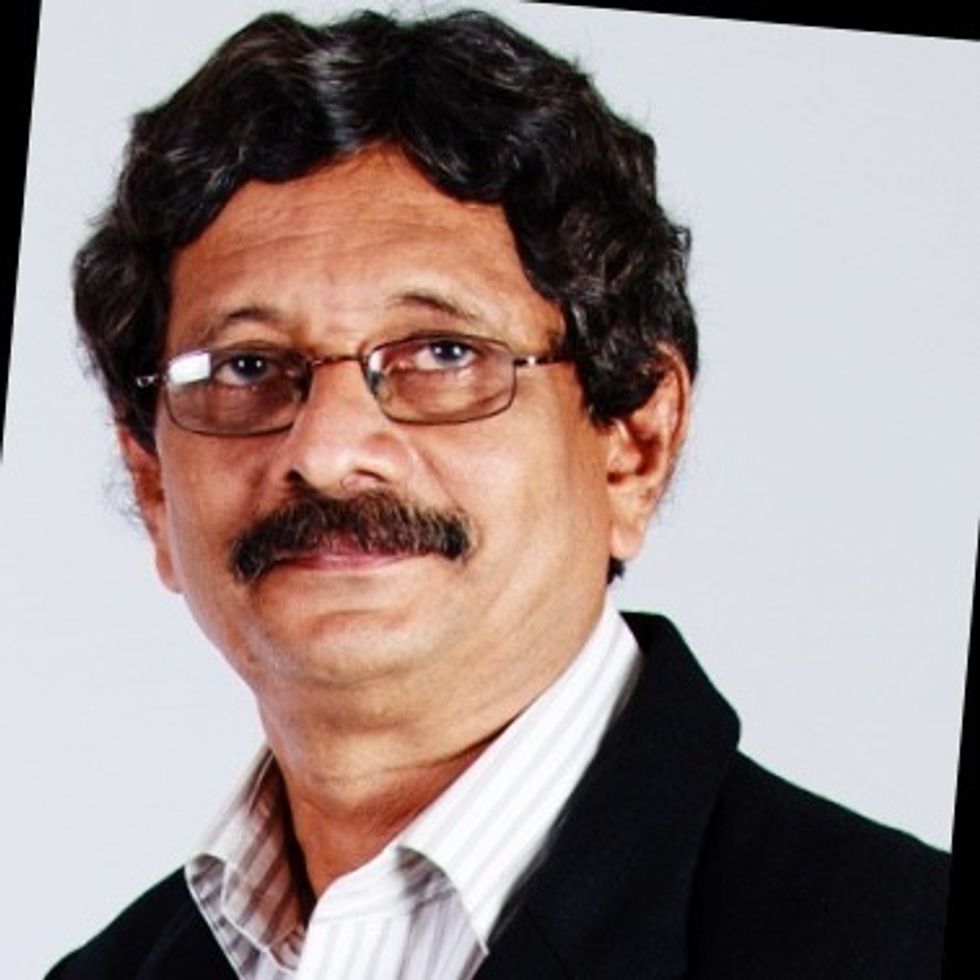
Ashok Malik, of business consultancy The Asia Group, said: “There is a signal there, no question.”
Modi, according to Indian media, might also visit China in late August.
It would be Modi’s first visit since 2018, although it has not been confirmed officially. Beijing’s foreign ministry spokesman Guo Jiakun said in response to an AFP question last Friday that “China welcomes prime minister Modi” for the Shanghai Cooperation Organization summit.
Successive US administrations have seen India as a key partner with likeminded interests when it comes to China.
“All those investments, all that painstaking work done by many US presidents and Indian prime ministers, is being put at risk,” Malik said.
“I have not seen the relationship so troubled since the early 1990s, to be honest. I’m not saying it’s all over, not in the least, but it is at risk.
